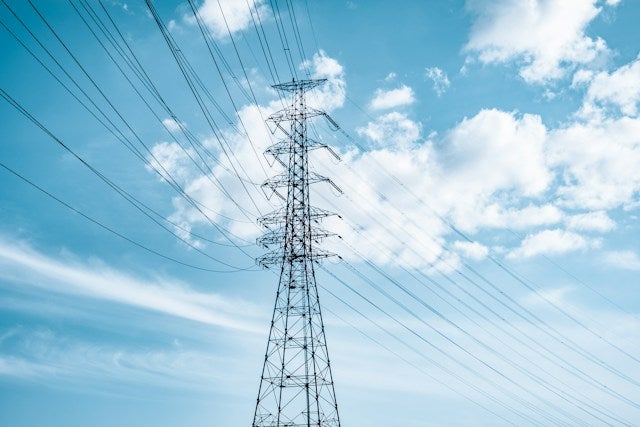
Canadian electricity transmission and distribution company Hydro One has submitted the final Environmental Study Report for the St. Clair Transmission Line project.
In addition to the Environmental Study Report, Hydro One also submitted a Statement of Completion to Ontario’s Ministry of Environment, Conservation and Parks.
Hydro One has considered feedback from Indigenous communities, government agencies, interest groups, residents, and property owners before submitting the final report.
The final report details engagement during the Class Environmental Assessment (EA), including the route selection process.
The report also identifies potential effects on the natural and socio-economic environments along with the measures Hydro One will use to mitigate any negative effects of the project.
Hydro One strategic projects and partnerships vice president Sonny Karunakaran said: “Hydro One is pleased to have reached this important stage in the planning of this transmission project that will address the forecasted energy demand and growth in southwest Ontario.
“Our team has been listening and working to ensure local community input is considered in a meaningful way.
“We’re committed to using construction methods that minimise the effects of this project in the community and on natural resources and habitats, including groundwater and agricultural lands.”
The St. Clair Transmission Line is a proposed new double-circuit 230kV transmission line between the Lambton Transformer Station (TS) in St. Clair Township and the Chatham Switching Station (SS) in the Municipality of Chatham-Kent.
The project is part of a network of electricity infrastructure projects across southwest Ontario that will support the economic growth and energy demand in the region.
Once the transmission line becomes operational, which is expected in 2028, it will support local food supply and security, economic development, and job creation.
Hydro One has offered 50% ownership in the transmission line component of the project to five First Nations in the region and is committed to working in partnership to advance the project.
Furthermore, the company said it is using sustainable construction methods, reducing ground disturbances and minimising the spread of invasive species and agricultural pests.
Chatham-Kent Mayor Darrin Canniff said: “Hydro One has demonstrated a willingness to work closely with communities throughout this process by actively listening to our comments and providing mitigation measures, when possible.
“We look forward to working together to make progress on this critical project to help meet the increasing energy needs of our community and position Chatham-Kent for future growth.”
St. Clair Township Mayor Jeff Agar said: “Our township and communities are growing. We’re pleased to see the community come together to provide Hydro One with the feedback they need to build this critical project that will ensure residents in St. Clair have reliable power, now and in the future.”



